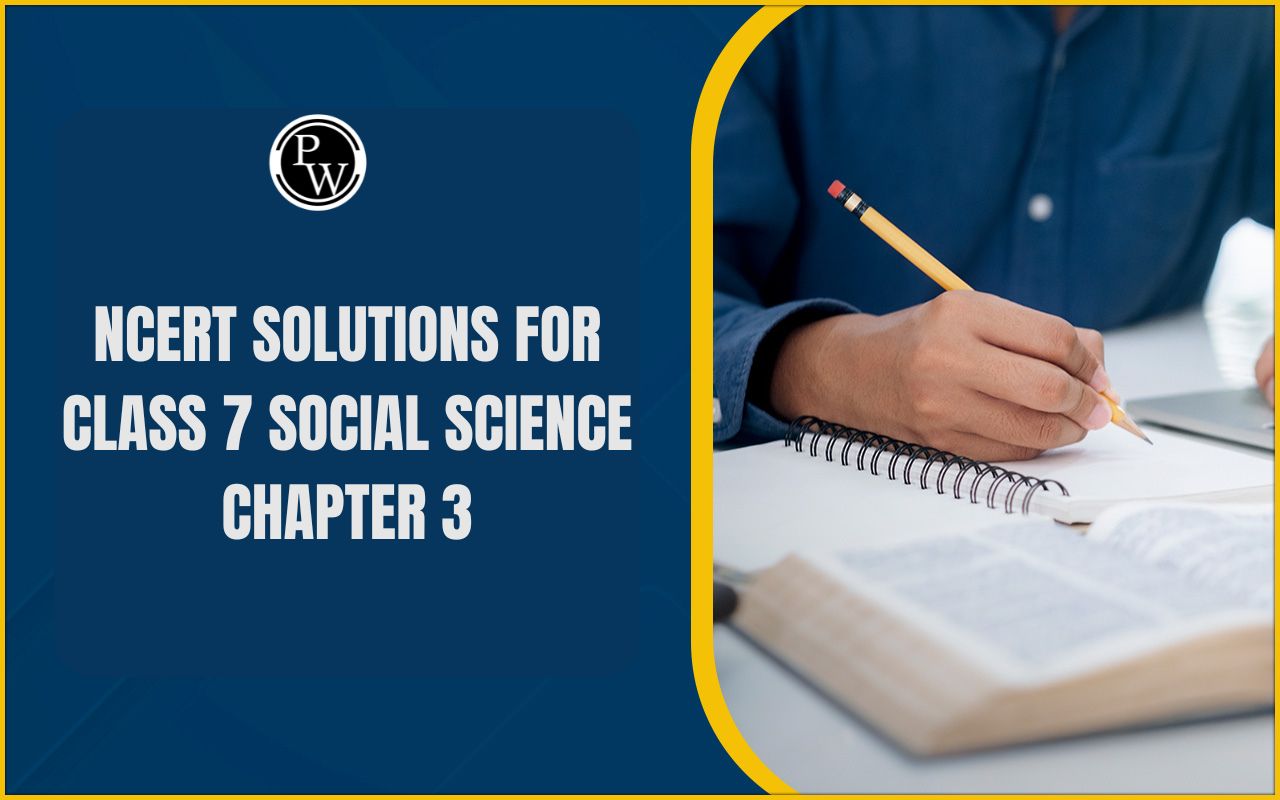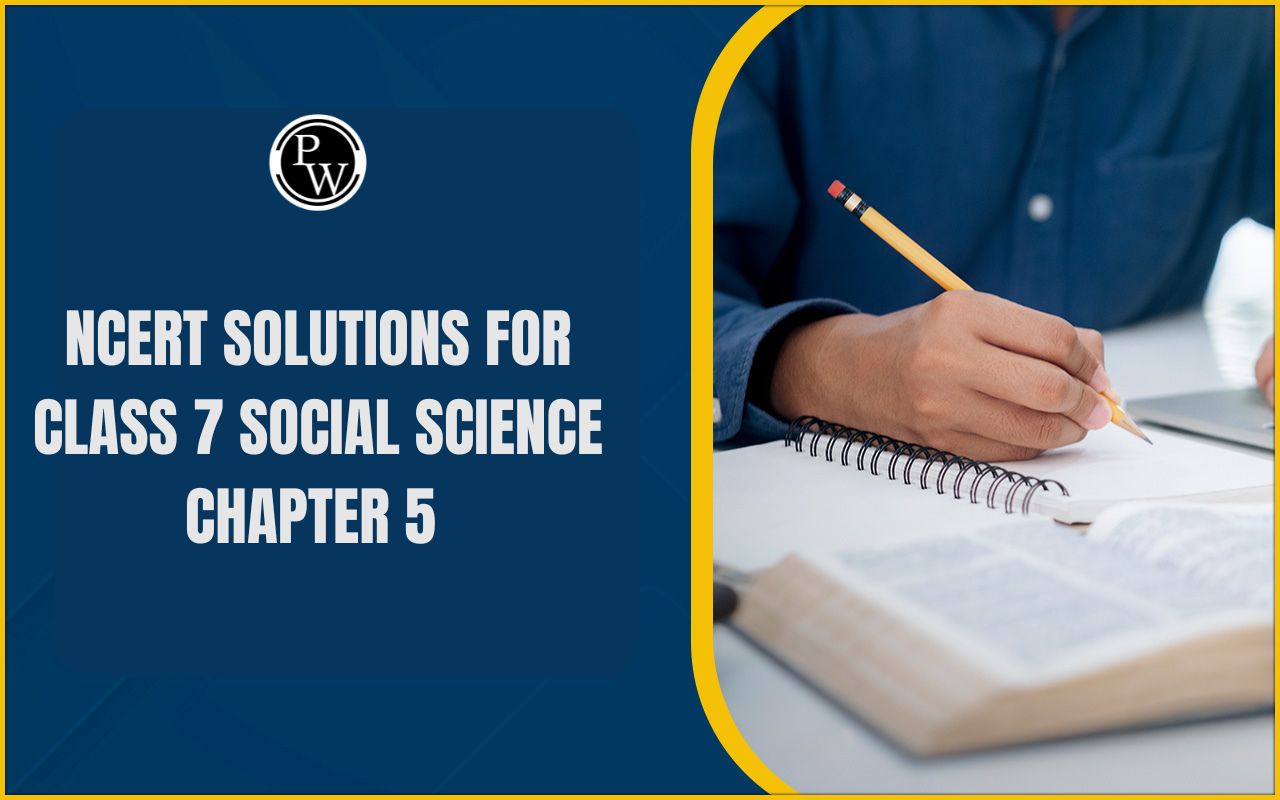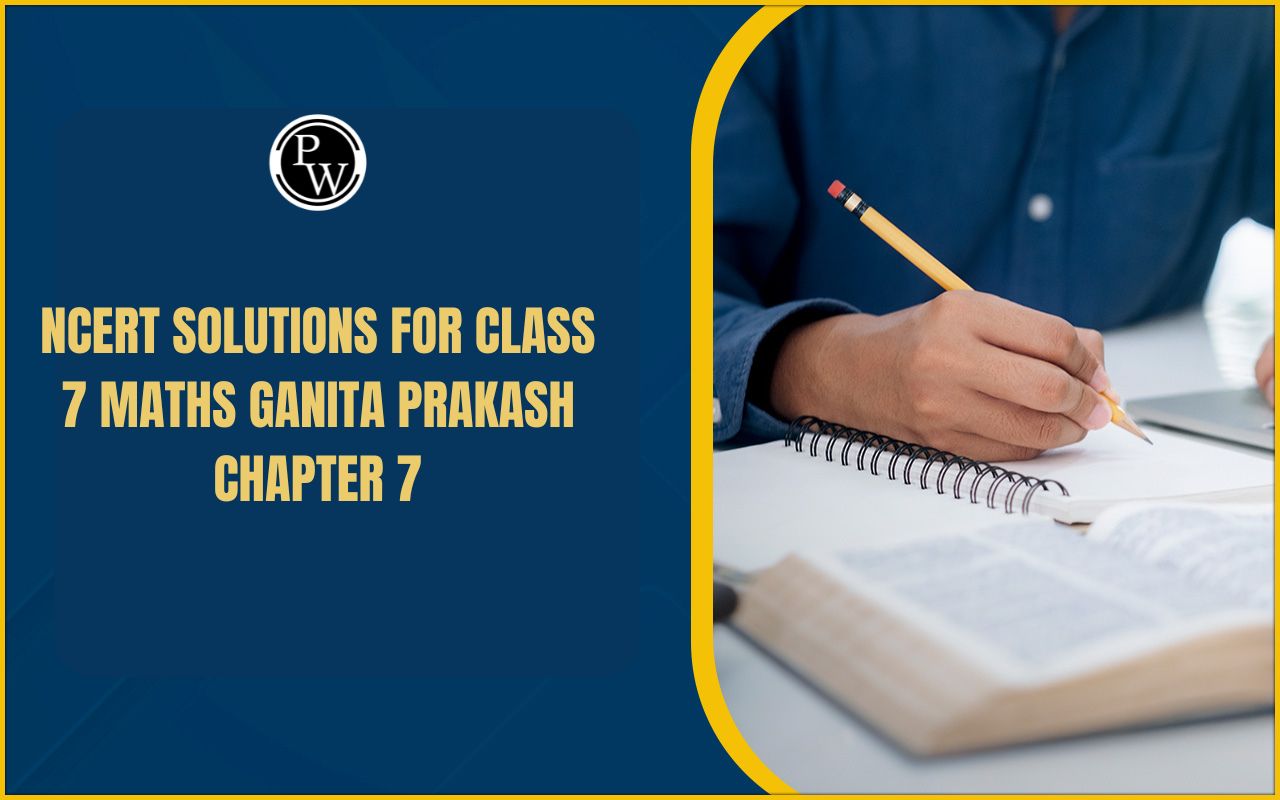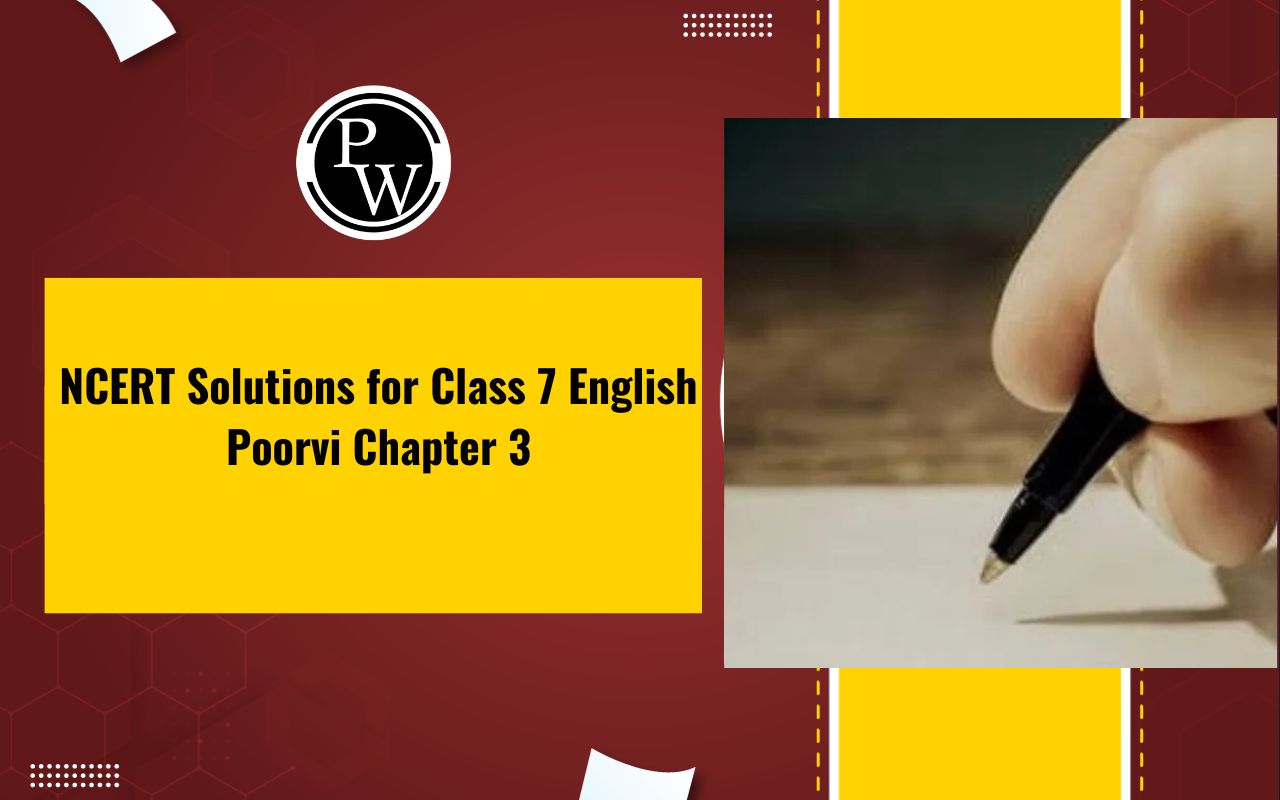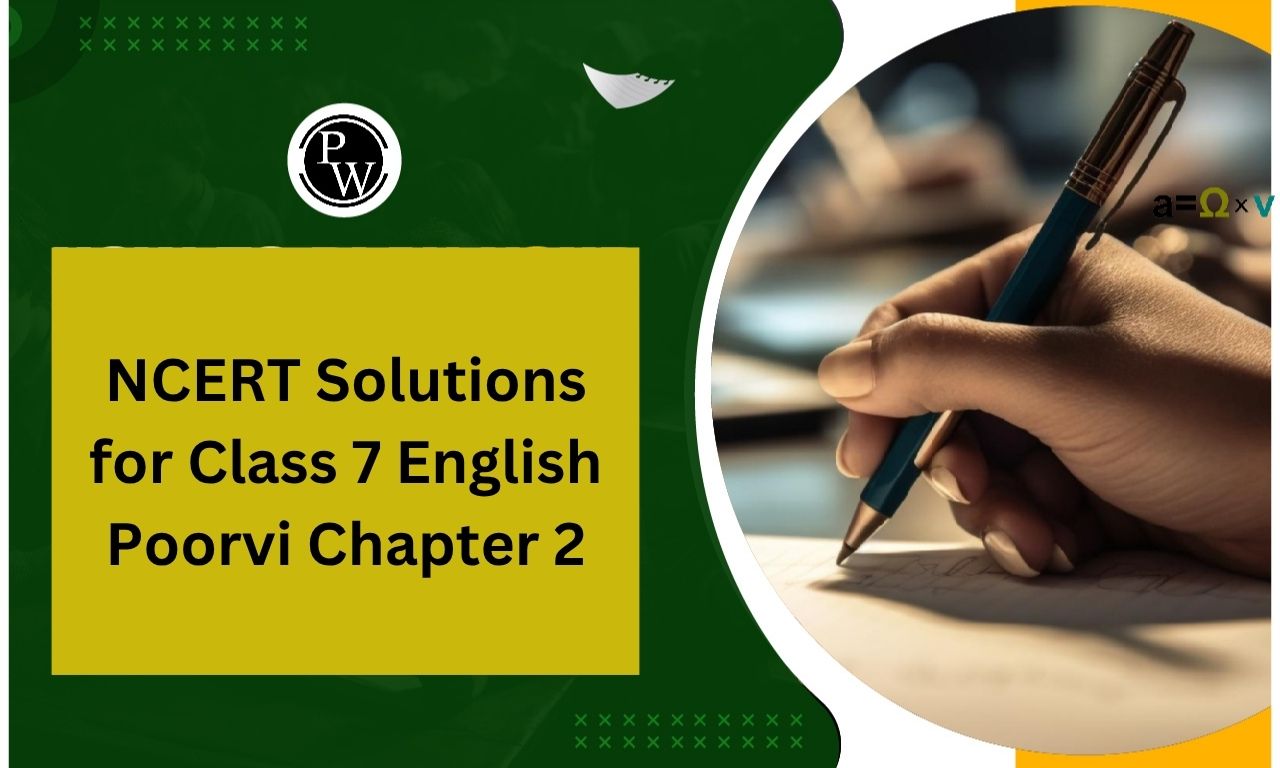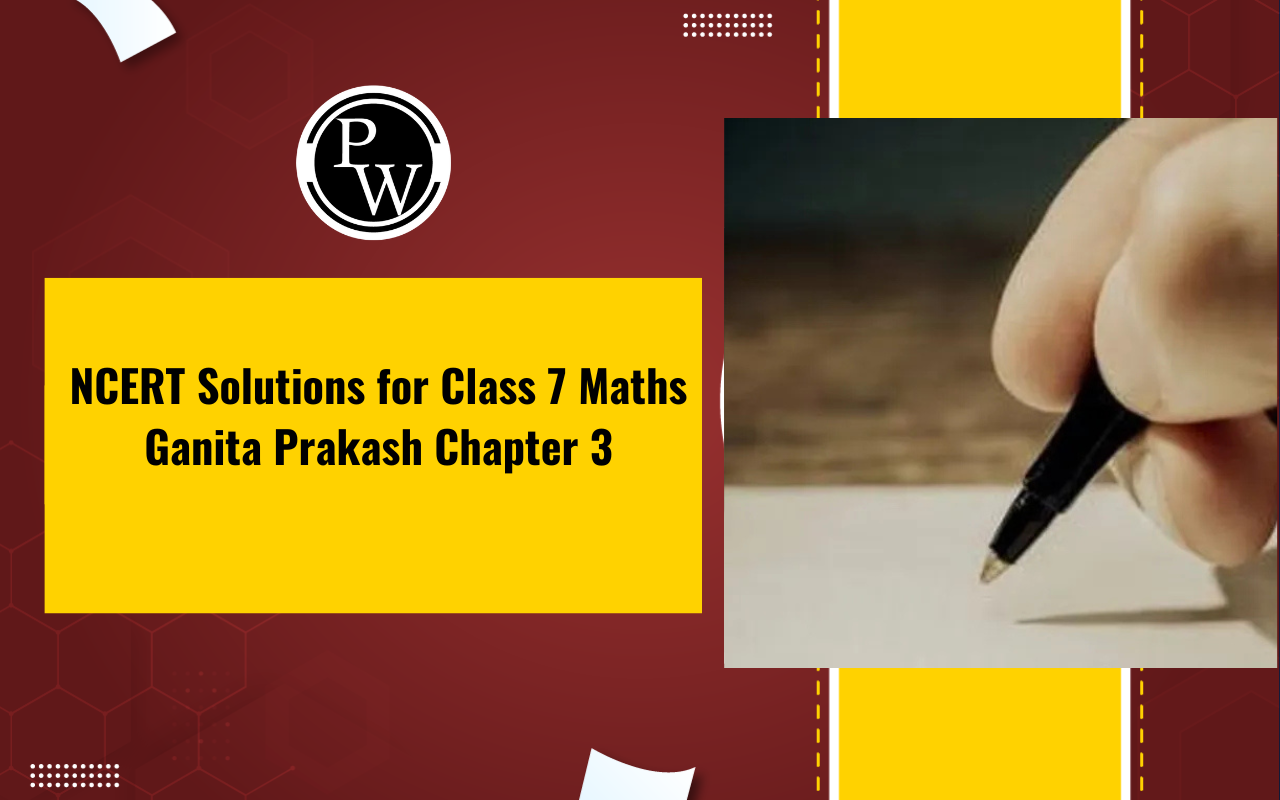
NCERT Solutions for Class 7 Social Science Civics Chapter 9
NCERT Solutions for Class 7 Social Science Civics Chapter 9: NCERT Solutions for Class 7 Social Science Civics Chapter 9 - Struggle for Equality encompass well-explained answers to all the intext questions presented in the chapter. As there is no exercise provided at the end of this chapter, practicing with the intext questions becomes crucial for gaining a clear understanding of the concepts elucidated in Class 7 Civics Chapter 9 - Struggle for Equality. Here, we have curated the NCERT Solutions for the questions found in Chapter 9 of the latest NCERT Book for Class 7 Civics. Students can easily access and read or download all the questions and answers in PDF format, facilitating convenient learning and revision.NCERT Solutions for Class 7 Social Science Civics Chapter 9 Overview
In this chapter, students delve into the historical struggles of individuals and groups in India to attain their right to equality. The chapter elaborates on the underlying factors contributing to unequal treatment in Indian society and highlights prominent movements advocating for equality, including the women’s movement and Tawa Matsya Sangh. NCERT Solutions for Class 7 Civics Chapter 9, titled "Struggle for Equality," presents comprehensive solutions to the questions posed in the textbook.| CBSE Syllabus Class 7 | |
| CBSE Class 7 English Syllabus | CBSE Class 7 Math Syllabus |
| CBSE Class 7 Social Science Syllabus | CBSE Class 7 Science Syllabus |
NCERT Solutions for Class 7 Social Science Civics Chapter 9 Struggle for Equality
The key topics covered in NCERT Class 7 Social Science Civics Chapter 9 "Struggle for Equality" include:- Struggles for Equality: Understanding the various movements and initiatives undertaken to achieve equality in Indian society, encompassing issues related to caste, gender, and social discrimination.
- Tawa Matsya Sangh: Exploring the cooperative society of fish workers in Madhya Pradesh as a case study of collective action for economic empowerment and social justice.
- The Indian Constitution as a Living Document: Analyzing the role of the Indian Constitution in upholding equality, prohibiting discrimination, and promoting affirmative action to address social inequalities.
CBSE Board Exam Centre List 2024
NCERT Solutions for Class 7 Social Science Civics Chapter 9 Important Questions
1. What are the key features of the Tawa Matsya Sangh movement? Solution: The Tawa Matsya Sangh movement had several key features:- Collective Action: The movement was characterized by the collective action of the Korku fishermen in the Tawa River region of Madhya Pradesh.
- Resistance against Exploitation: It aimed to resist the exploitation and unfair treatment faced by the fishermen at the hands of government authorities and contractors.
- Demand for Rights: The movement demanded the rights of the fishermen to access and control natural resources, particularly fish from the Tawa River.
- Struggle for Dignity: It symbolized the struggle of marginalized communities for dignity, autonomy, and equitable treatment.
- Unity and Solidarity: The movement emphasized the importance of unity and solidarity among the fishermen to effectively challenge oppressive practices and assert their rights.
 2. How did the Indian Constitution address the issue of equality?
Solution:
The Indian Constitution addresses the issue of equality through various provisions and fundamental rights, including:
2. How did the Indian Constitution address the issue of equality?
Solution:
The Indian Constitution addresses the issue of equality through various provisions and fundamental rights, including:
- Right to Equality (Article 14-18): It ensures equal treatment and opportunities for all citizens, prohibits discrimination on grounds of religion, race, caste, sex, or place of birth, and abolishes untouchability.
- Directive Principles of State Policy (Article 38, 39, 46): These principles mandate the state to promote social, economic, and political equality and strive to minimize inequalities of income, status, and opportunities.
- Reservation Policy: The Constitution provides for reservations in educational institutions and public employment for socially and educationally backward classes, Scheduled Castes, and Scheduled Tribes to promote equality and social justice.
- Right to Constitutional Remedies (Article 32): It allows citizens to approach the Supreme Court for the enforcement of their fundamental rights and protection against violation or infringement by state or non-state actors.
- Organizing Collective Action: It organized the Korku fishermen into a collective movement to resist exploitation and demand their rights.
- Raising Awareness: The Sangh raised awareness among the fishermen about their rights and the need to assert themselves against oppressive practices.
- Negotiating with Authorities: It engaged in negotiations with government authorities and contractors to challenge unfair practices and seek redressal for grievances.
- Empowering the Community: The Sangh empowered the Korku fishermen to assert their autonomy and control over natural resources, particularly fish from the Tawa River.
- Inspiring Solidarity: It inspired solidarity and unity among the fishermen to collectively confront challenges and work towards achieving common goals.
- Amendments: The Constitution can be amended to incorporate new provisions or modify existing ones to address emerging issues or challenges.
- Judicial Interpretation: Courts interpret and reinterpret constitutional provisions in light of contemporary circumstances, ensuring their relevance and applicability in different contexts.
- Incorporation of Directive Principles: The Constitution's Directive Principles of State Policy provide a framework for socio-economic development and guide legislative and policy initiatives aimed at achieving social justice and equality.
- Protection of Fundamental Rights: The Constitution protects fundamental rights and liberties, enabling citizens to challenge arbitrary actions of the state or private entities through legal recourse.
- Adaptation to Social Changes: The Constitution reflects evolving societal norms and values, reflecting the aspirations and struggles of diverse communities and groups for equality, justice, and dignity.
NCERT Solutions for Class 7 Social Science Civics Chapter 9 PDF
NCERT Solutions for Class 7 Social Science Civics Chapter 9 Exercise Questions
1. What do you understand by the term 'social equality'? How is it different from 'political equality'? Answer:- Social Equality: Social equality refers to the equal treatment and opportunities afforded to individuals in society, regardless of their social or economic status. It encompasses the idea of fairness, justice, and inclusivity in social interactions, access to resources, and participation in societal institutions.
- Political Equality: Political equality, on the other hand, pertains to the equal right of individuals to participate in the political process, including voting, standing for public office, and exercising political freedoms. It ensures that every citizen has an equal voice and influence in shaping public policies and decisions.
- Historical Injustice: India has a long history of social discrimination and inequality based on caste, religion, gender, and other factors. The right to equality aims to rectify these historical injustices and create a more equitable society.
- Democratic Principles: In a democracy, all citizens should have equal rights and opportunities to participate in the political process and contribute to decision-making. The right to equality ensures that every individual's voice is heard and valued in the democratic system.
- Social Cohesion: Ensuring equality fosters social cohesion and unity by promoting mutual respect, understanding, and cooperation among diverse communities and groups. It helps bridge social divides and build a more harmonious society.
- Constitutional Values: The Constitution enshrines principles of justice, liberty, equality, and fraternity as fundamental rights and guiding principles of governance. Guaranteeing the right to equality upholds these constitutional values and ensures their realization in practice.
- Right to Equality (Article 14-18): It prohibits discrimination on grounds of religion, race, caste, sex, or place of birth and ensures equal protection of laws to all citizens. It also abolishes untouchability and promotes social justice.
- Directive Principles of State Policy (Article 38, 39, 46): These principles mandate the state to promote social, economic, and political equality and strive to minimize inequalities of income, status, and opportunities. They guide legislative and policy initiatives aimed at achieving social justice and equitable development.
- Reservation Policy: The Constitution provides for reservations in educational institutions and public employment for socially and educationally backward classes, Scheduled Castes, and Scheduled Tribes to promote equality and social justice. It aims to address historical injustices and empower marginalized communities.
- Right to Education (Article 21A): It guarantees free and compulsory education to all children aged 6-14 years, irrespective of their social or economic background. It aims to eliminate disparities in access to education and ensure equal opportunities for all children to realize their full potential.
- Social Welfare Schemes: The government implements various social welfare schemes and programs, such as the National Rural Employment Guarantee Act (NREGA), food security initiatives, healthcare programs, and housing schemes, to uplift marginalized and disadvantaged sections of society and reduce economic disparities.
- Women's Movement: The women's movement in India has been a significant struggle for gender equality and women's rights. It aimed to challenge patriarchal norms and discriminatory practices against women in various spheres of life, including education, employment, politics, and family. The movement advocated for legal reforms, social empowerment, and economic opportunities for women, leading to legislative changes such as the Dowry Prohibition Act, the Protection of Women from Domestic Violence Act, and the Maternity Benefit Act. It also raised awareness about issues like gender-based violence, dowry, female foeticide, and unequal access to resources, catalyzing broader social change and promoting gender equality.
- Dalit Movement: The Dalit movement, led by leaders like B.R. Ambedkar and others, has been a struggle for social justice and the rights of Scheduled Castes and Scheduled Tribes (SC/ST) in India. It aimed to challenge caste-based discrimination, untouchability, and social exclusion faced by Dalits in society. The movement advocated for affirmative action, reservation policies, and legislative reforms to address the socio-economic marginalization and exploitation of Dalits. It also demanded land reforms, access to education and employment, and equal participation in political and social institutions. The Dalit movement contributed to the enactment of laws like the Scheduled Castes and Scheduled Tribes (Prevention of Atrocities) Act and the implementation of reservation policies in education, employment, and political representation, empowering Dalits and promoting their social and economic equality.
NCERT Solutions for Class 7 Social Science Civics Chapter 9 Long and Short Question with Answer
Short Answer Questions:
1) What is the significance of the Tawa Matsya Sangh?- The Tawa Matsya Sangh was a cooperative society formed by fisherfolk in the Tawa reservoir area. Its significance lies in its role in empowering the local fisher community by promoting collective action, ensuring fair prices for their catch, and challenging exploitative practices of traders and contractors. It demonstrated how marginalized communities could organize themselves to assert their rights and improve their socio-economic conditions.
- The Indian Constitution addressed the issue of inequality in society through various provisions and principles aimed at promoting social justice, equality, and inclusivity. It prohibited discrimination based on religion, race, caste, sex, or place of birth and guaranteed equal protection of laws to all citizens. It also abolished untouchability and promoted affirmative action through reservations in education and public employment for socially and educationally backward classes, Scheduled Castes, and Scheduled Tribes. Additionally, it included Directive Principles of State Policy that mandate the state to promote social, economic, and political equality and strive to minimize inequalities of income, status, and opportunities.
-
The objectives of the women's movement in India included:
- Challenging patriarchal norms and discriminatory practices against women.
- Advocating for legal reforms to protect women's rights and ensure gender equality.
- Promoting women's empowerment through access to education, employment, and political participation.
- Raising awareness about gender-based violence, dowry, and other issues affecting women's lives.
-
- Fostering solidarity among women and building a collective voice for change.
Long Answer Questions:
1) Discuss the role of the Indian Constitution in promoting equality and social justice.-
The Indian Constitution plays a crucial role in promoting equality and social justice through various provisions and mechanisms:
- Right to Equality: Articles 14-18 guarantee equality before law and equal protection of laws to all citizens, prohibiting discrimination on grounds of religion, race, caste, sex, or place of birth. It also abolishes untouchability and promotes social justice.
- Directive Principles of State Policy: Articles 38, 39, and 46 mandate the state to promote social, economic, and political equality and strive to minimize inequalities of income, status, and opportunities. They guide legislative and policy initiatives aimed at achieving social justice and equitable development.
- Reservation Policy: The Constitution provides for reservations in educational institutions and public employment for socially and educationally backward classes, Scheduled Castes, and Scheduled Tribes to promote equality and social justice. It aims to address historical injustices and empower marginalized communities.
- Fundamental Rights: The Constitution guarantees fundamental rights, including the right to equality, right to freedom, right against exploitation, right to education, and right to constitutional remedies, which are essential for safeguarding individual liberties and promoting equality in society.
-
- Social Welfare Schemes: The government implements various social welfare schemes and programs, such as the National Rural Employment Guarantee Act (NREGA), food security initiatives, healthcare programs, and housing schemes, to uplift marginalized and disadvantaged sections of society and reduce economic disparities. These initiatives aim to ensure inclusive growth and equitable distribution of resources and opportunities.
- The Tawa Matsya Sangh holds significance in the context of struggles for equality in India as it exemplifies how marginalized communities can organize themselves to assert their rights and improve their socio-economic conditions. The cooperative society was formed by fisherfolk in the Tawa reservoir area to address the exploitation they faced from traders and contractors. By promoting collective action and ensuring fair prices for their catch, the Sangh empowered the local fisher community and challenged the oppressive practices of middlemen. It demonstrated the power of unity and collective bargaining in confronting social and economic inequalities. Additionally, the success of the Tawa Matsya Sangh inspired similar movements in other parts of the country, highlighting its role as a catalyst for broader social change and empowerment among marginalized groups.
NCERT Solutions for Class 7 Social Science Civics Chapter 9 Summary
Chapter 9 of NCERT Class 7 Social and Political Life – II, titled "Struggles for Equality," delves into the significant theme of equality in Indian society. Here's a detailed summary: 1) Struggles for Equality: The chapter begins by exploring the concept of equality and its importance in society. It discusses how various individuals and groups have historically fought against discrimination and unequal treatment. These struggles for equality have been integral to the progress of society and the realization of fundamental rights for all citizens. 2) Tawa Matsya Sangh: One of the key examples of a struggle for equality discussed in the chapter is the Tawa Matsya Sangh. This movement originated in the Tawa River region of Madhya Pradesh, where the local fishermen, known as the Korkus, faced oppression and exploitation by government authorities and contractors. The Tawa Matsya Sangh emerged as a collective effort by the fishermen to resist unfair practices and demand their rights to access and control natural resources, particularly fish from the Tawa River. The movement symbolizes the resilience and determination of marginalized communities to fight for their rights and dignity. 3) The Indian Constitution as a Living Document: The chapter concludes by highlighting the significance of the Indian Constitution as a living document that upholds principles of equality, justice, and liberty for all citizens. It emphasizes the role of the Constitution in safeguarding the rights of marginalized and oppressed communities and providing avenues for redressal in case of discrimination or injustice. Overall, Chapter 9 underscores the importance of ongoing struggles for equality in shaping a more inclusive and equitable society. It encourages students to reflect on the challenges faced by marginalized groups and the collective efforts required to overcome barriers to equality and social justice.NCERT Solutions for Class 7 Social Science Civics Chapter 9 FAQs
What are the key themes discussed in Class 7 Social Science Civics Chapter 9?
The chapter explores the struggles for equality in India, highlighting movements like the Tawa Matsya Sangh and the significance of the Indian Constitution as a living document in promoting social justice.
How does the Indian Constitution address the issue of inequality?
The Indian Constitution addresses inequality through provisions prohibiting discrimination, promoting affirmative action, and guiding state policies to minimize inequalities of income, status, and opportunities, thereby fostering social justice and equality.
What are some examples of struggles for gender equality discussed in the chapter?
The chapter discusses the women's movement in India, highlighting efforts to secure equal rights and opportunities for women in various spheres of life, including education, employment, and political participation.
How did the Tawa Matsya Sangh empower fish workers in Madhya Pradesh?
The Tawa Matsya Sangh empowered fish workers by providing them with collective bargaining power, better access to markets, and improved working conditions, leading to increased incomes and social recognition.
What role does the Indian Constitution play in combating social discrimination?
The Indian Constitution prohibits discrimination based on caste, religion, gender, or race and promotes affirmative action through provisions such as reservations to ensure equal opportunities and social justice for all citizens.
🔥 Trending Blogs
Talk to a counsellorHave doubts? Our support team will be happy to assist you!

Free Learning Resources
PW Books
Notes (Class 10-12)
PW Study Materials
Notes (Class 6-9)
Ncert Solutions
Govt Exams
Class 6th to 12th Online Courses
Govt Job Exams Courses
UPSC Coaching
Defence Exam Coaching
Gate Exam Coaching
Other Exams
Know about Physics Wallah
Physics Wallah is an Indian edtech platform that provides accessible & comprehensive learning experiences to students from Class 6th to postgraduate level. We also provide extensive NCERT solutions, sample paper, NEET, JEE Mains, BITSAT previous year papers & more such resources to students. Physics Wallah also caters to over 3.5 million registered students and over 78 lakh+ Youtube subscribers with 4.8 rating on its app.
We Stand Out because
We provide students with intensive courses with India’s qualified & experienced faculties & mentors. PW strives to make the learning experience comprehensive and accessible for students of all sections of society. We believe in empowering every single student who couldn't dream of a good career in engineering and medical field earlier.
Our Key Focus Areas
Physics Wallah's main focus is to make the learning experience as economical as possible for all students. With our affordable courses like Lakshya, Udaan and Arjuna and many others, we have been able to provide a platform for lakhs of aspirants. From providing Chemistry, Maths, Physics formula to giving e-books of eminent authors like RD Sharma, RS Aggarwal and Lakhmir Singh, PW focuses on every single student's need for preparation.
What Makes Us Different
Physics Wallah strives to develop a comprehensive pedagogical structure for students, where they get a state-of-the-art learning experience with study material and resources. Apart from catering students preparing for JEE Mains and NEET, PW also provides study material for each state board like Uttar Pradesh, Bihar, and others
Copyright © 2025 Physicswallah Limited All rights reserved.
Get App


